Is Padel Harder Than Tennis? Let’s Settle This Once and for All
If you’re a racket-swinging sports enthusiast, you’ve probably heard people debating this: Is padel harder than tennis? You’ve got one group claiming tennis is the ultimate test of athletic endurance and skill, while the padel crowd argues it’s a whole different beast, with tricky walls and fast-paced action. So, what’s the truth? Which is really the tougher sport?
Well, it’s complicated. Comparing padel and tennis isn’t a straight apples-to-apples situation. They’re like cousins with very different personalities. One’s the marathon runner, the other’s the strategic chess player. To truly answer the question, we’ve got to break it down and take a look at the differences, the similarities, and what makes each sport tough in its own way.
Let’s dive in and see which one really takes the crown.
1. Size of the Court: Tiny vs. Huge
Let’s start with the most obvious difference: the court size. Tennis courts are huge. I mean, you’ve got 78 feet of baseline to deal with, which means there’s a lot of ground to cover. If you’re playing singles, it feels like running a half-marathon every time you’re trying to chase down a ball that’s been blasted across the court.
Padel? Smaller court. Like, way smaller—10 meters by 20 meters (about a third of a tennis court). That means less sprinting, but more reacting. You’re playing in a confined space, and while you’re not covering as much ground, the ball is coming at you fast, and you’ve got to react quickly, sometimes off the glass wall. Sure, you’re not running a mile every game, but you’re using agility and fast reflexes in ways tennis players don’t have to.
Verdict: Tennis makes you run more, but padel forces faster reactions. It’s a toss-up depending on what you consider tougher—speed or endurance.
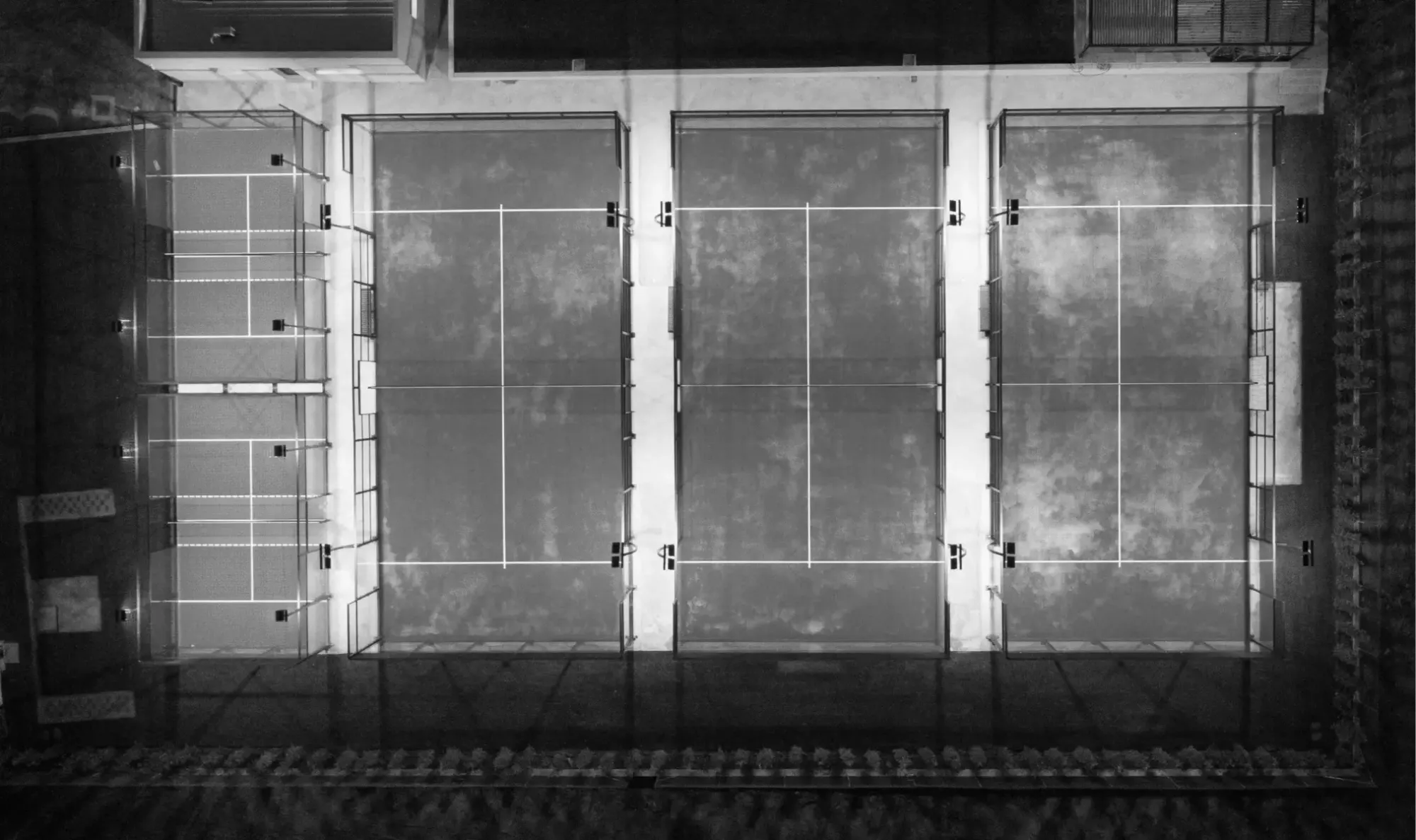
2. The Walls: Friend or Foe?
Now, this is where padel really starts to flex its unique muscles. In tennis, if the ball flies past you, that’s it. Point’s over. You tried, you failed, on to the next one. But in padel, those walls come into play, which changes the game entirely.
The walls can either be your best friend or your worst enemy, depending on how well you know how to use them. Skilled padel players use the walls to extend rallies, bouncing the ball off and keeping it in play. This adds a whole new layer of strategy that tennis players just don’t have to deal with.
Tennis, on the other hand, is more straightforward. You don’t have to think about the ball bouncing off walls or getting caught in tight spaces. It’s all about court positioning and making your opponent chase the ball. Padel is a mental game of anticipating how the ball will bounce, where it will land, and how you can use the wall to your advantage.
Verdict: Padel wins on complexity. Those walls make the game far more intricate and strategic.
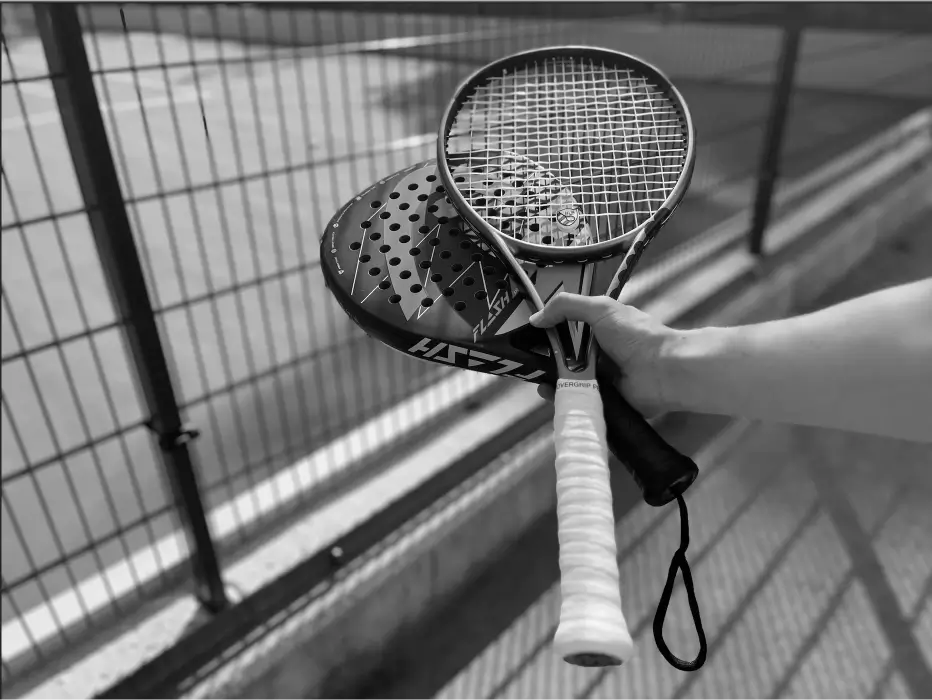
3. Racket Differences: Size Matters
Let’s talk about gear for a second. In tennis, you’ve got a big, open-string racket that gives you plenty of power and spin. You can blast the ball across the court with a well-timed forehand or crush it with a backhand slice.
Padel rackets? Completely different animal. They’re smaller, and instead of strings, they’ve got a solid surface with perforations. That means less power but more control. Padel is more about placement, precision, and finesse. The racket's design makes it harder to generate the kind of raw power you see in tennis, but it rewards players who can think quickly and position themselves smartly.
Tennis players love to crank out 100 mph serves. In padel, serving is an underhand affair, so it’s less about brute strength and more about starting the rally with a little tactical advantage.
Verdict: Tennis requires more power, but padel demands more finesse. If you’re all about control, padel’s racket adds a new level of difficulty.
4. The Serve: Power vs. Strategy
Speaking of serves, here’s another big difference. Tennis is all about that powerful, sometimes terrifying serve. Aces, anyone? You’ve got players like Roger Federer or Serena Williams hitting 120+ mph bombs, and if you’re on the receiving end of one of those, good luck.
Padel? Not so much. The serve in padel is underhand and way less aggressive. In fact, the serve is more about getting the ball into play rather than trying to win the point right off the bat. But don’t be fooled into thinking this makes it easier. While tennis serves are about power, padel serves are about positioning and strategy. You’re trying to get the ball to bounce awkwardly, hit the wall, and mess with your opponent’s timing.
So, which is harder? Tennis serves require brute strength and technique to master, while padel serves need a keen sense of strategy.
Verdict: Tennis takes the win on power, but padel is trickier in terms of placement and strategy.
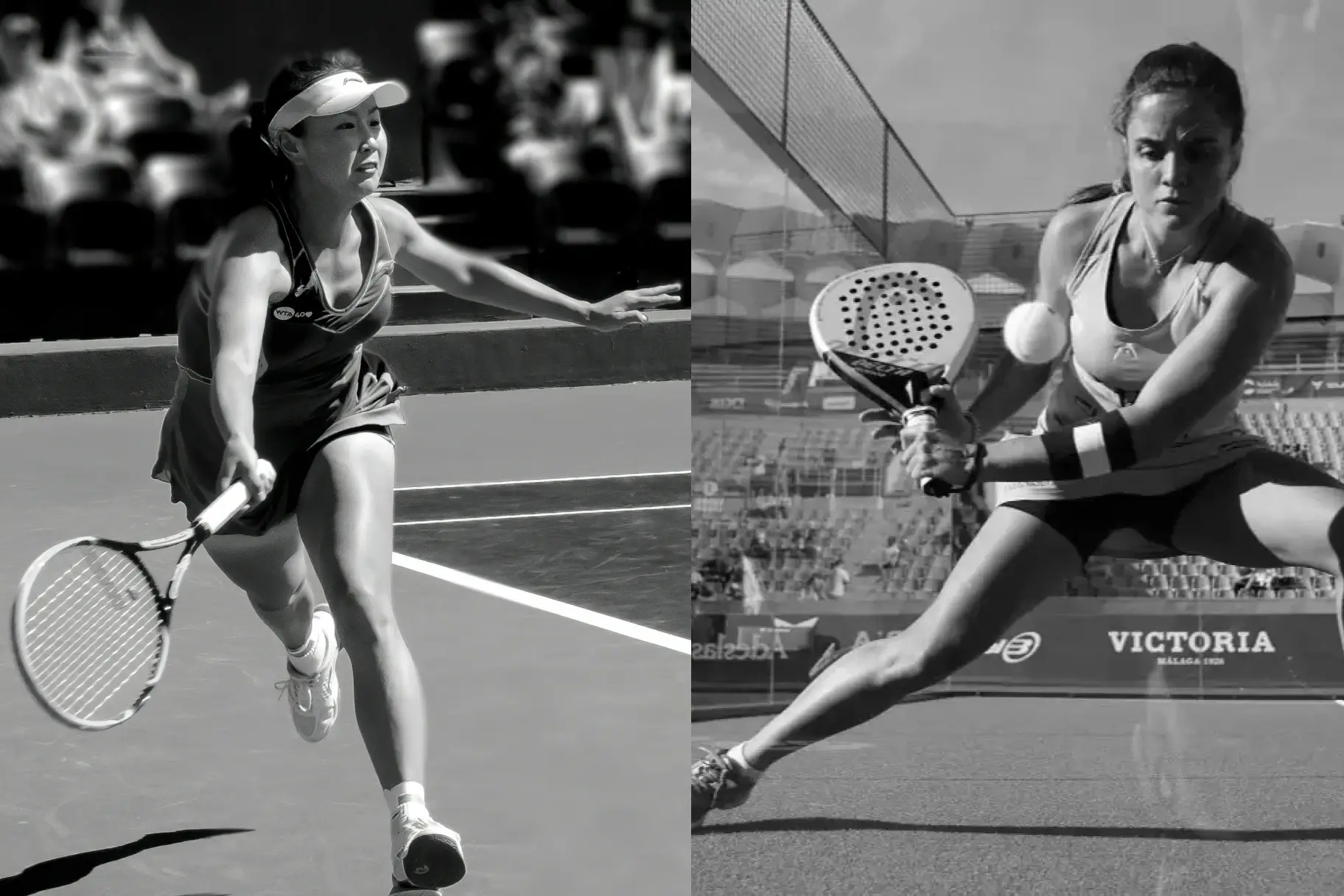
5. Game Pace: Explosive vs. Reactive
Tennis is an explosive sport. Long rallies happen, sure, but often it’s about short, sharp bursts of action, with players sprinting for a few seconds, then resetting. The game pace fluctuates, with moments of calm followed by explosive volleys and groundstrokes.
Padel, on the other hand, is relentless. The court size and walls mean that rallies can last forever. Since the ball bounces off the walls and stays in play, you don’t get the same pauses as you do in tennis. It’s more reactive, more continuous. You’ve got to stay sharp the whole time.
In tennis, you might have time to regroup between points, but in padel, you’re constantly adjusting and moving. The reactive nature of the sport keeps you on edge, and it requires more stamina over a longer period.
Verdict: Padel’s relentless pace can be more exhausting mentally, but tennis tests your explosive power and endurance.
6. Leveling the Playing Field
One thing people love about padel is that it’s a more accessible sport for beginners. The smaller court and slower ball speed mean you don’t have to be a high-level athlete to have fun or be competitive. Tennis, on the other hand, can be brutal for beginners. If you don’t have good technique, you’ll spend most of your time picking up balls that flew out of the court.
But once you reach a higher level, the complexity of padel kicks in. The walls, the precision shots, the strategic positioning—these elements make it more of a thinking player’s game. Meanwhile, tennis becomes about mastering those powerful serves, groundstrokes, and volleys.
Verdict: Padel is easier to pick up but gets harder the better you become, while tennis can feel like a steep climb right from the start.
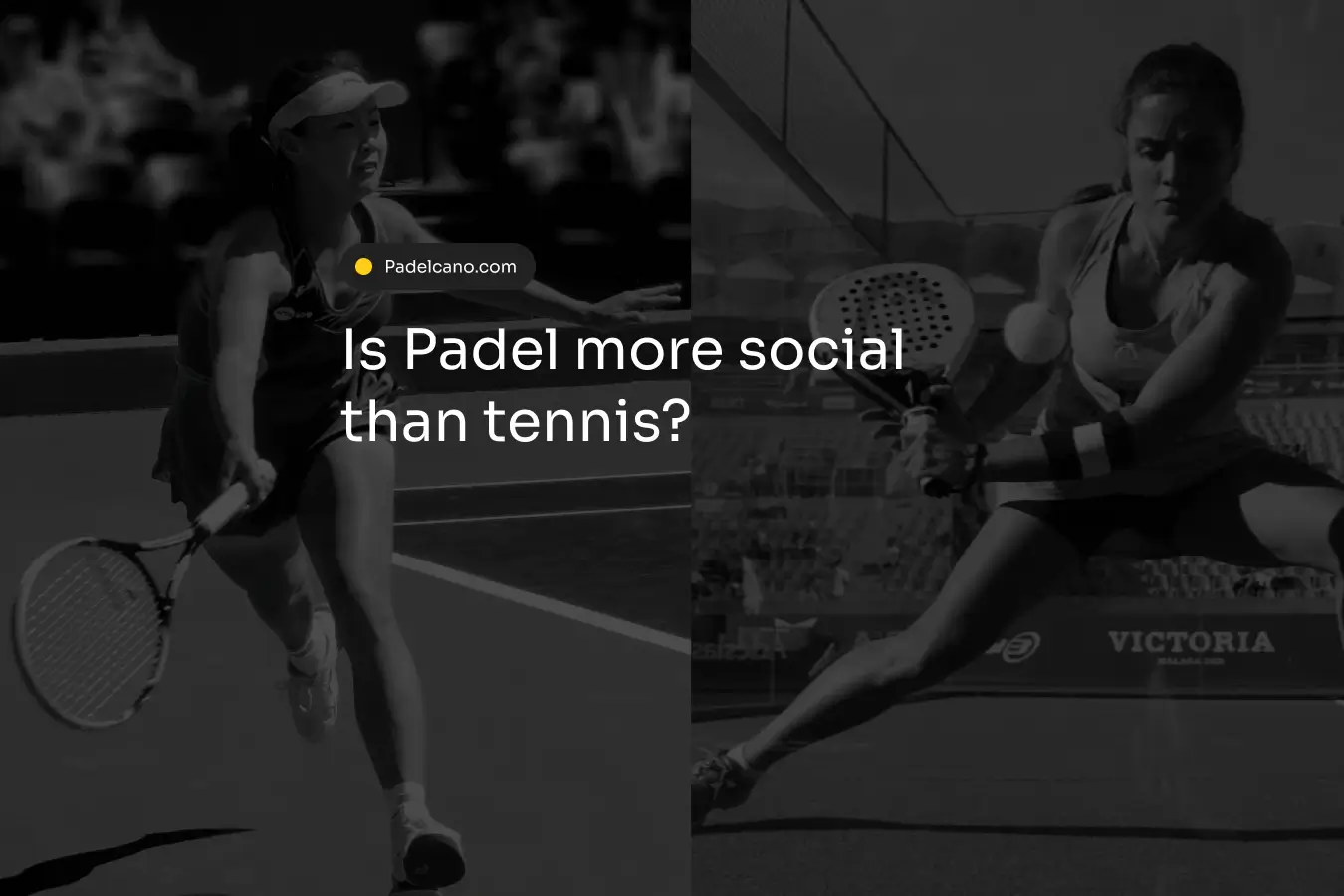
7. Fitness: Full Body Workout vs. Quick Movements
Let’s talk fitness. Tennis is a full-body workout. You’re sprinting, lunging, and constantly engaging your legs, core, and arms. There’s no question tennis players need high levels of endurance, speed, and strength to last through long sets.
Padel is less about long sprints and more about quick, sharp movements. You need agility and fast reflexes, especially when the ball starts bouncing off the walls. Padel works your brain as much as your body, constantly making you think a few steps ahead.
But here’s the kicker: the confined space means that, although padel requires less running, you’re doing more of it in shorter bursts. Your heart rate stays up, and those fast-twitch muscles are getting a real workout.
Verdict: Tennis wins on long-distance endurance, but padel works your reflexes and agility like crazy.
Padel vs. Tennis: 7 Burning Questions Answered
Is padel easier to learn than tennis?
Yes, padel is generally easier for beginners. The smaller court and slower ball speed make it more accessible, but the strategic depth increases as you get better.
Does tennis require more stamina than padel?
Tennis requires more long-distance endurance because of the larger court, but padel's relentless pace and quick reactions keep you on your toes the whole time.
Which sport has longer rallies, tennis or padel?
Padel typically has longer rallies thanks to the walls. The ball stays in play much longer compared to tennis, where points can end quickly with a powerful shot.
Are padel walls harder to master than tennis court positioning?
Yes, padel's walls add a whole new level of strategy. You have to anticipate how the ball bounces, making it mentally tougher in this area compared to tennis.
Is padel less physically demanding than tennis?
Not necessarily. Padel is more about quick, sharp movements and agility, while tennis tests your endurance over longer distances. It depends on what kind of physical challenge you want.
Does padel require less power than tennis? Absolutely.
Tennis serves and groundstrokes rely on brute power, while padel focuses more on control, placement, and strategy over strength.
Can you play padel even if you’re not super fit? Yes!
Padel is great for all fitness levels, especially beginners. The smaller court and strategic nature make it easier to enjoy without needing top-tier athleticism.
So, Is Padel Harder Than Tennis?
It depends on what you mean by “harder.” If you’re talking about raw athleticism, tennis probably wins. The bigger court, the powerful serves, the full-body sprints—it’s a test of endurance and power. If you’re looking for something that’s more tactical, reactive, and requires fast thinking, padel is the trickier of the two.
Padel might not make you run as much, but it forces you to think in ways tennis doesn’t. You’re playing the walls, positioning yourself for quick shots, and constantly adjusting your strategy. Tennis tests your strength, padel tests your brain—and your reflexes.
At the end of the day, neither is “harder”—they’re just hard in different ways. So the real question is: what kind of challenge are you looking for?
That’s it—your ultimate comparison of padel vs. tennis. Now go grab a racket and find out for yourself.
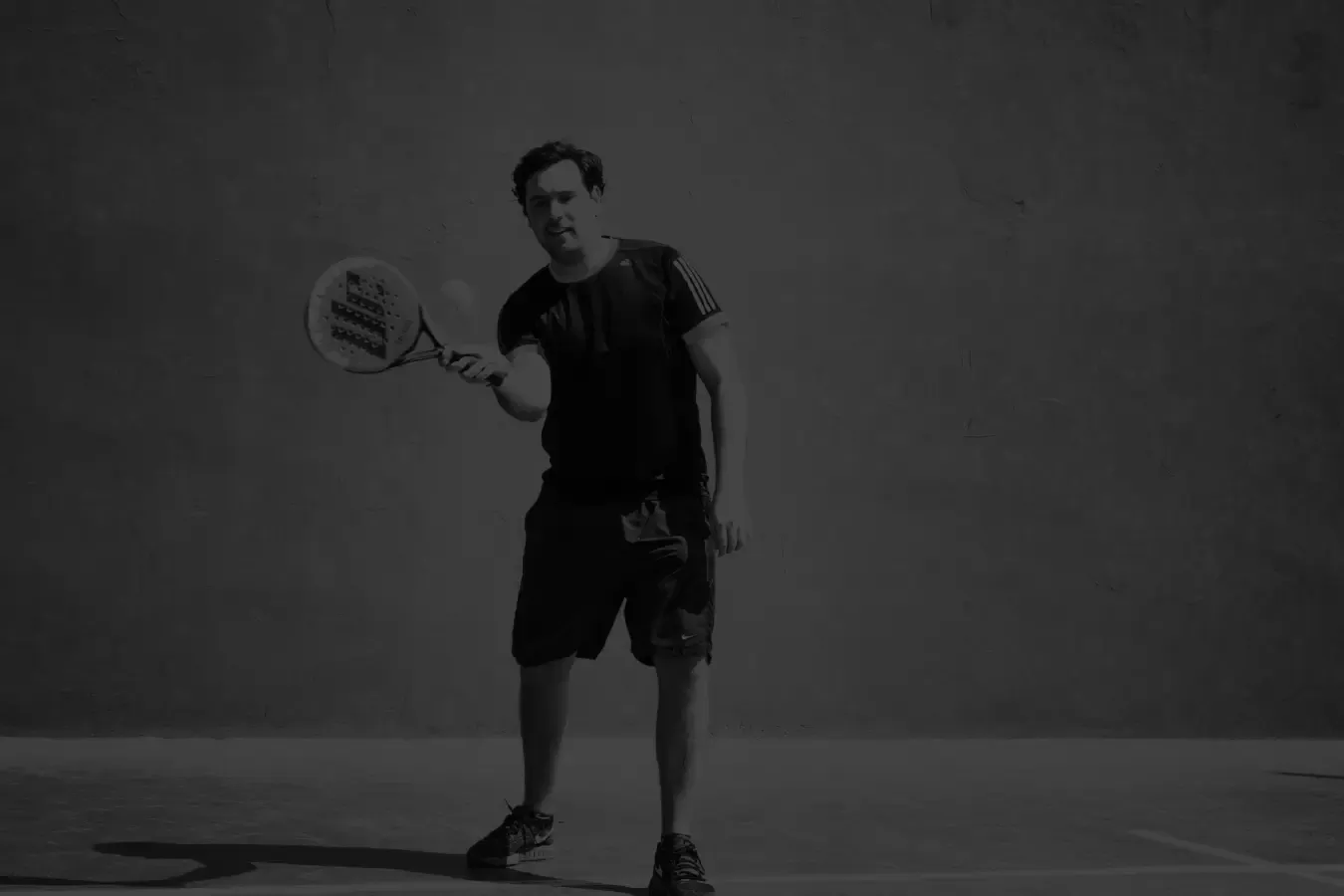
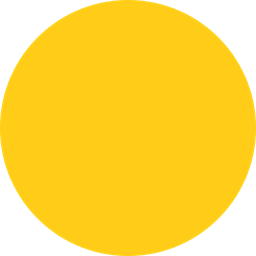

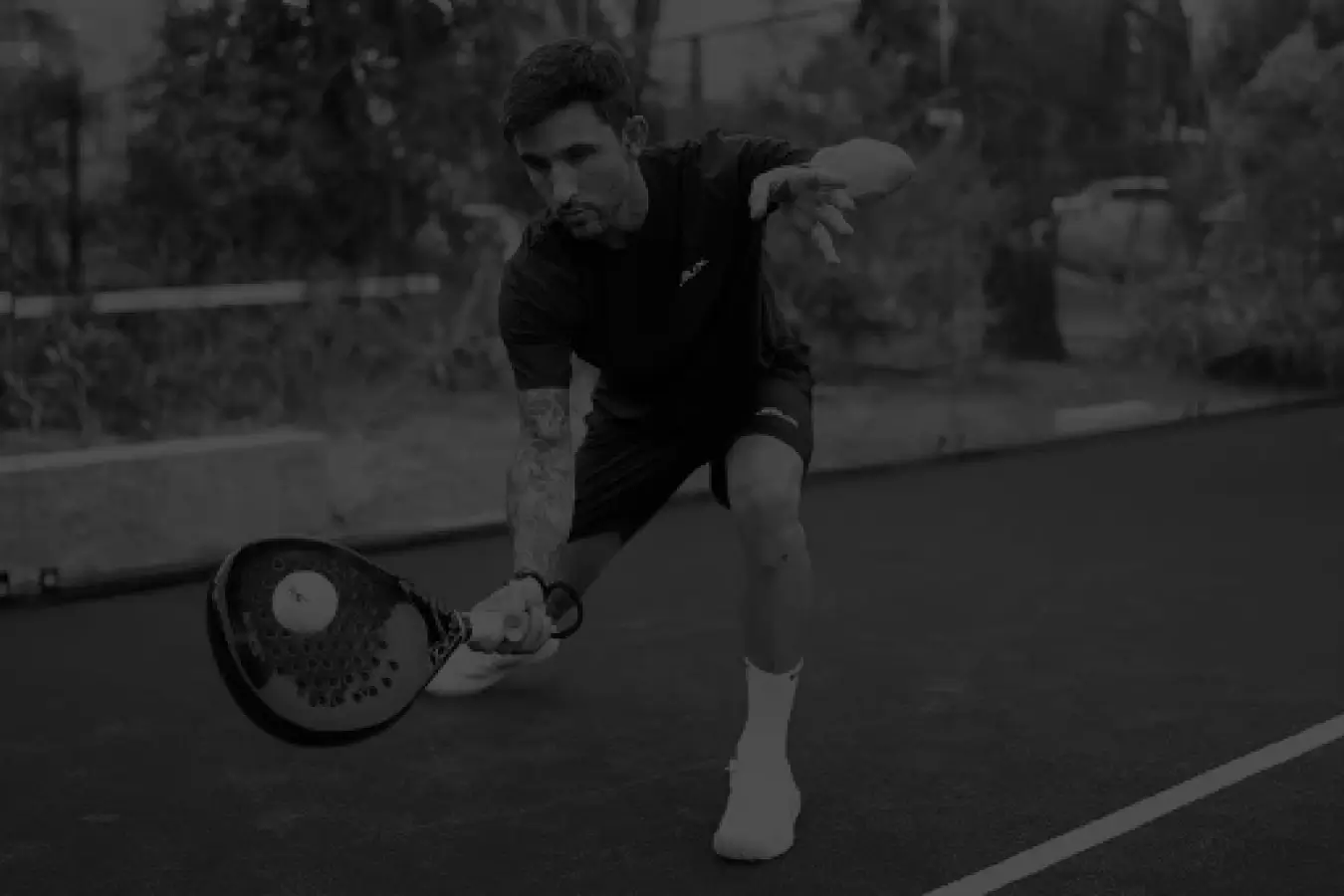
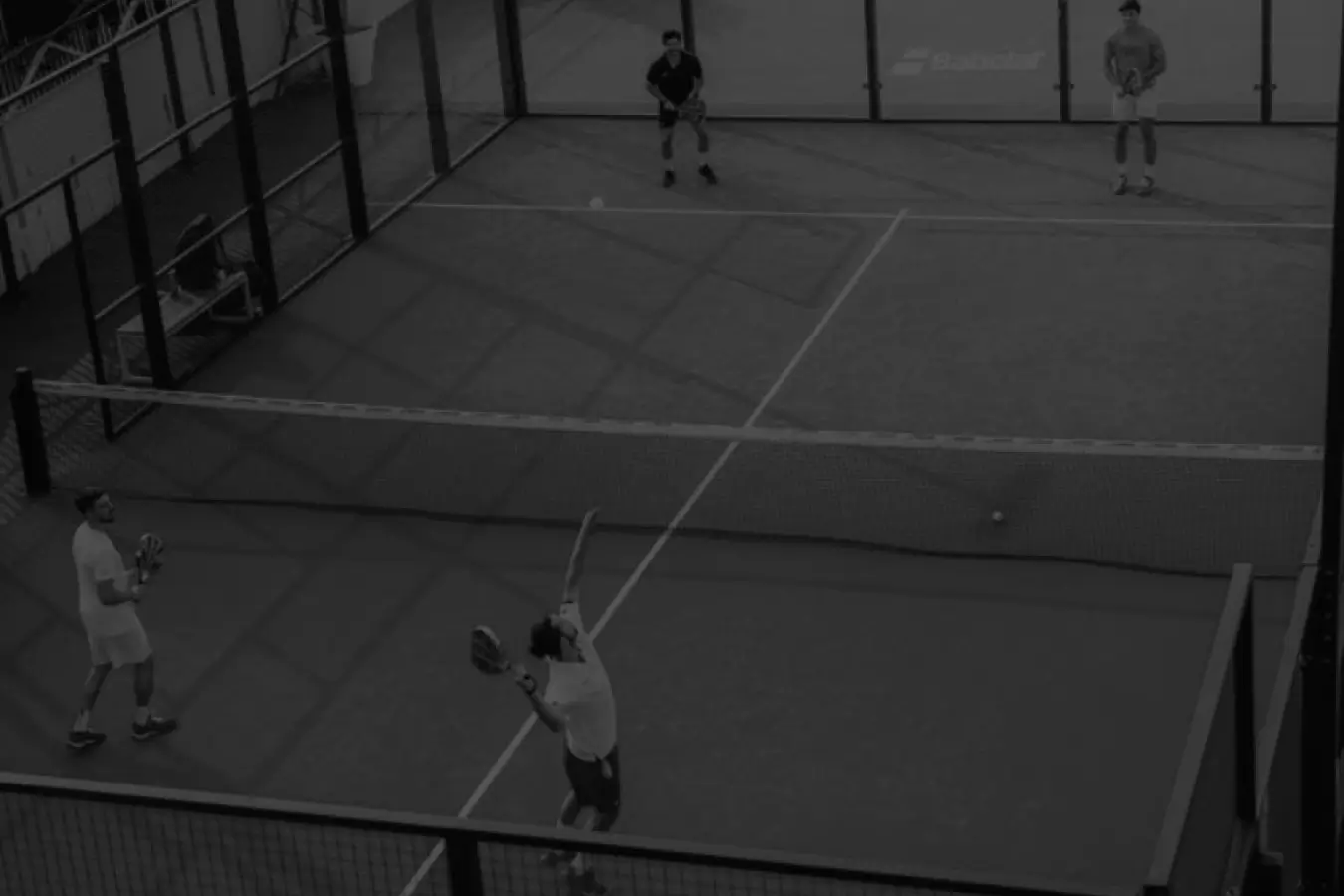

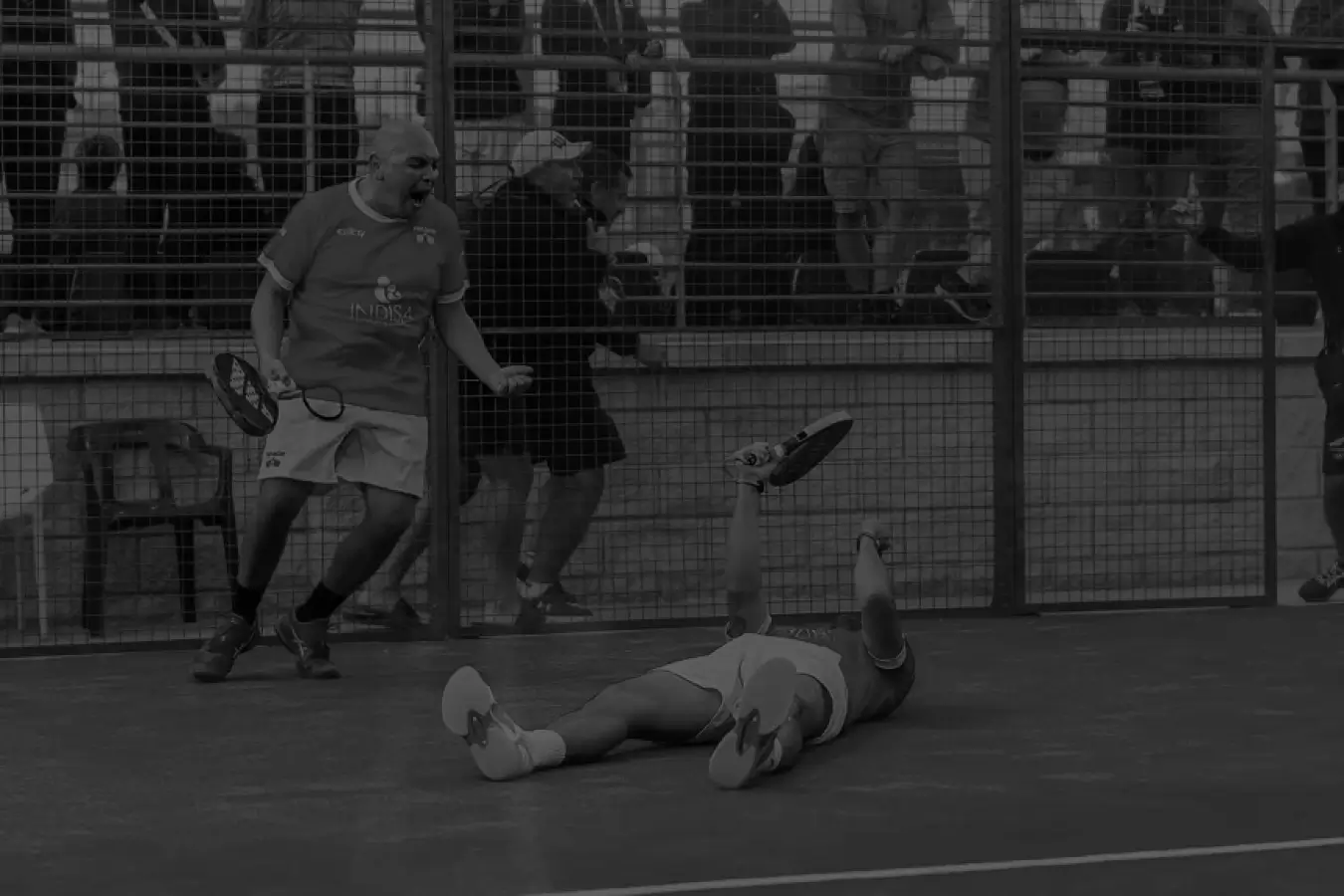
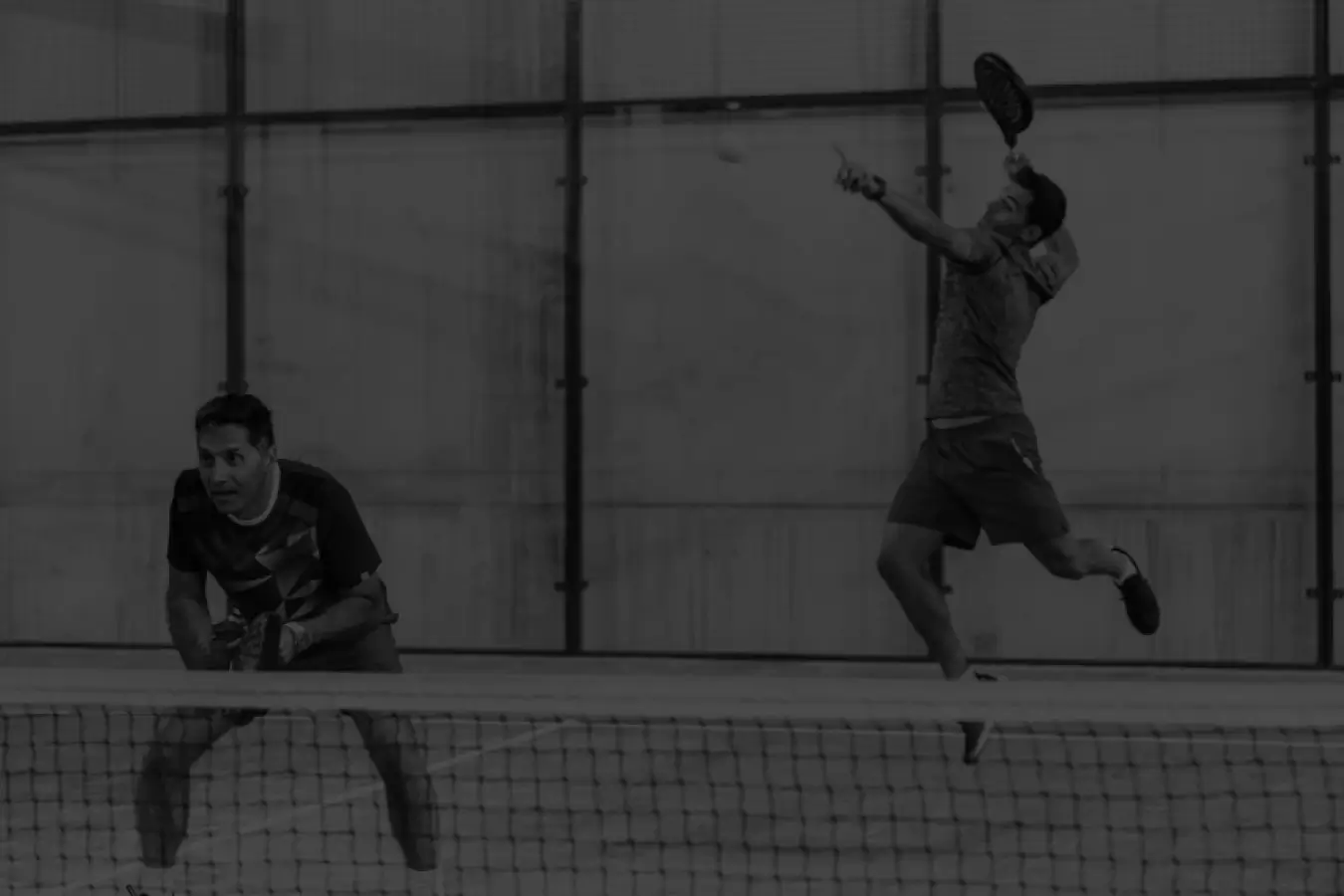
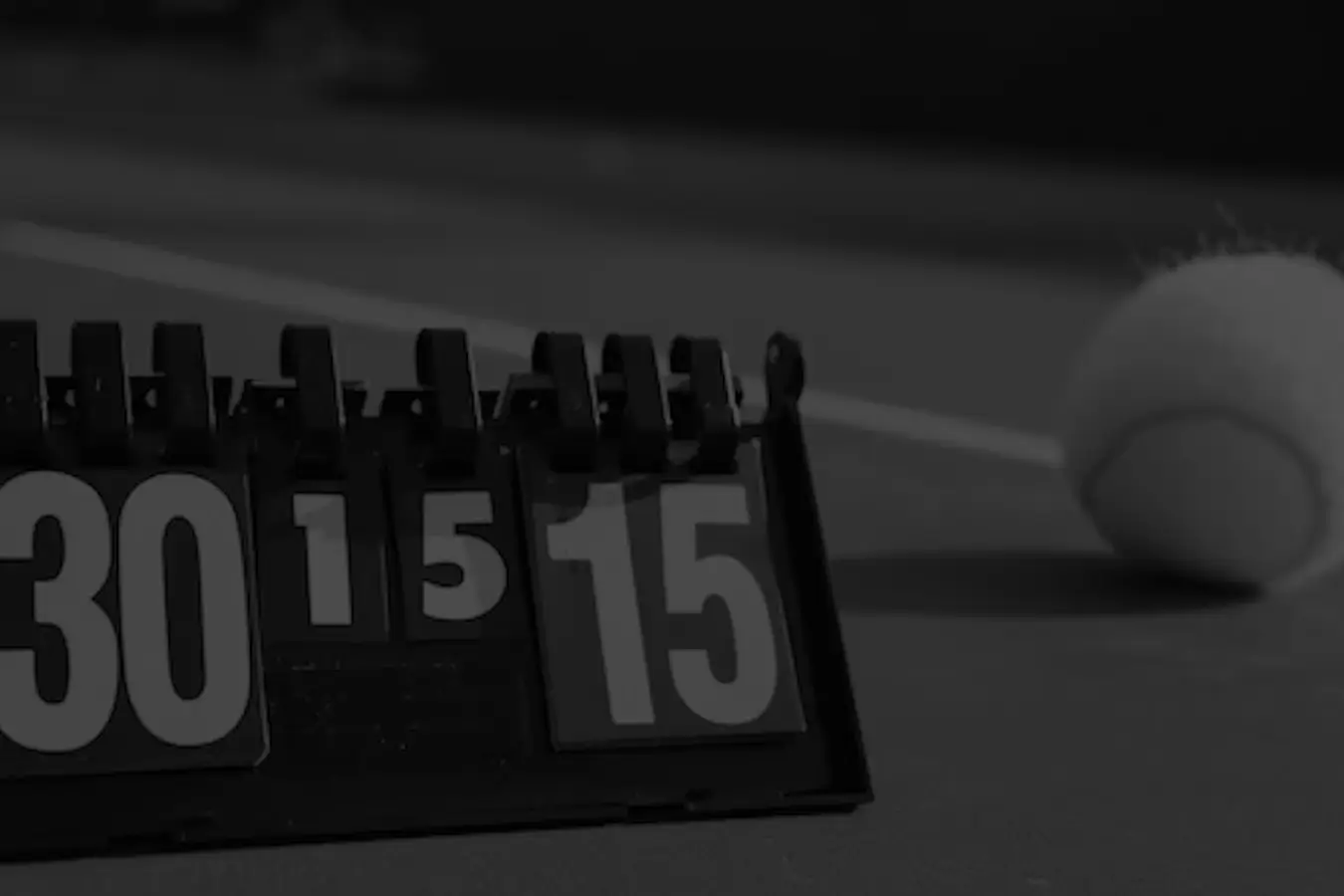
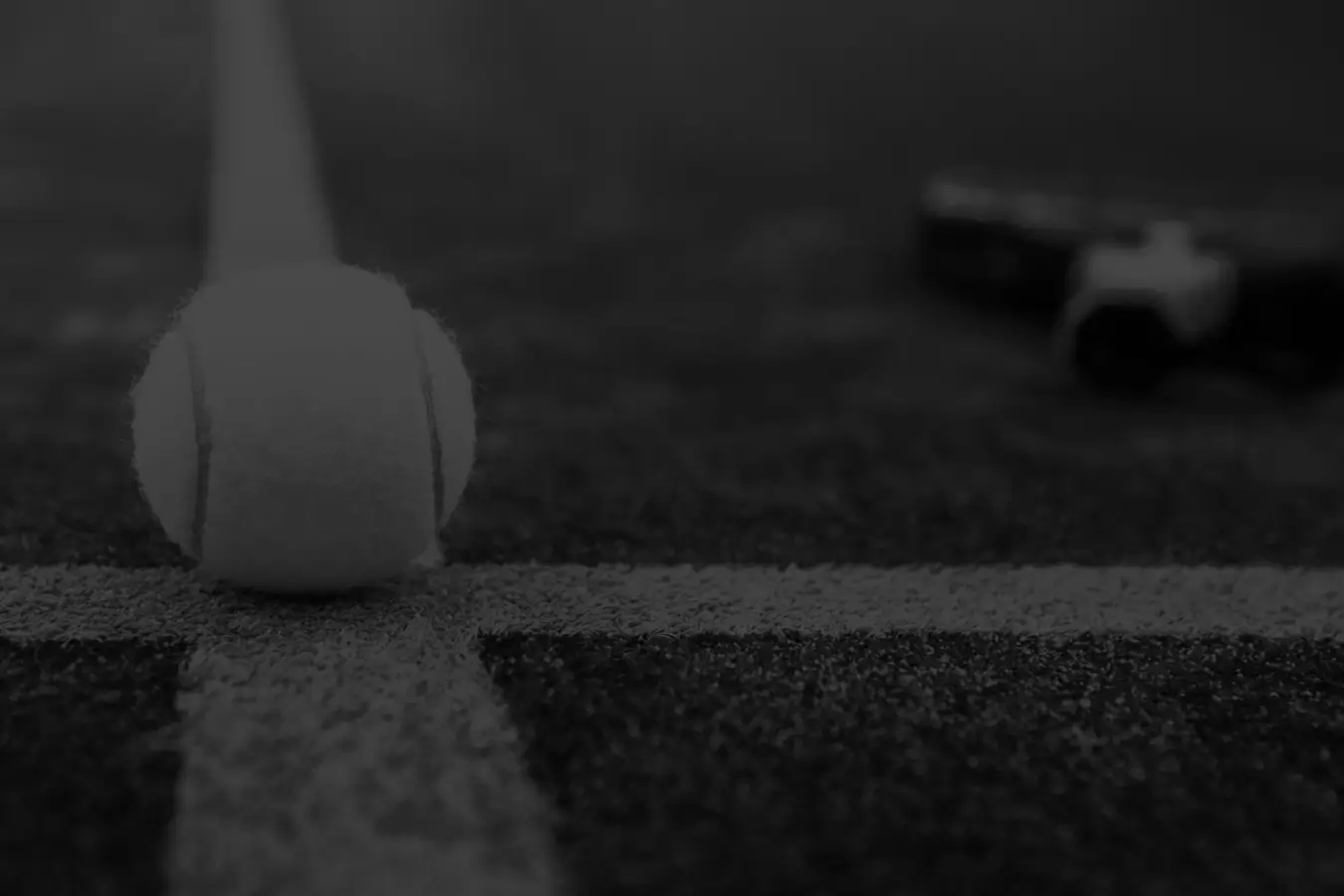
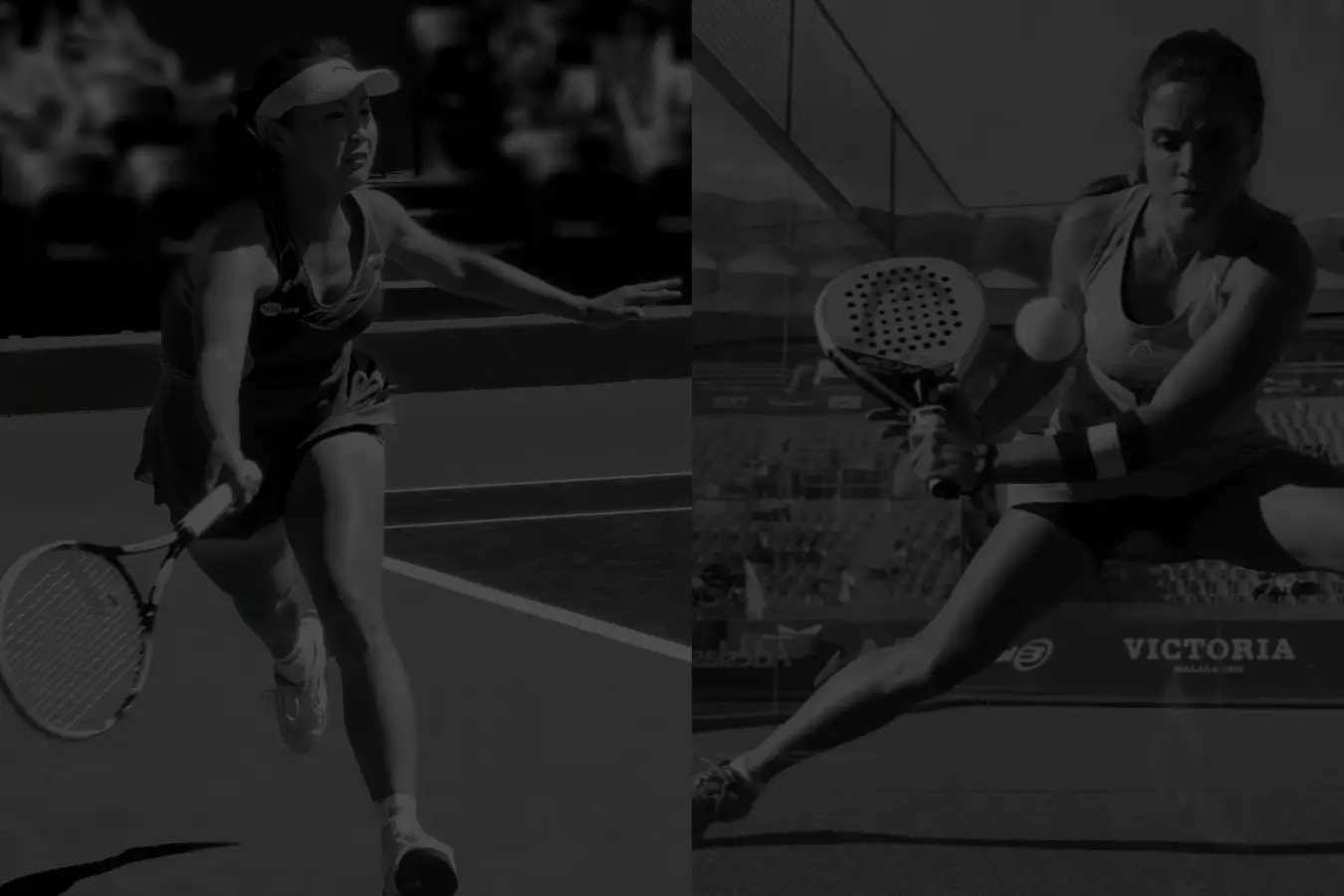
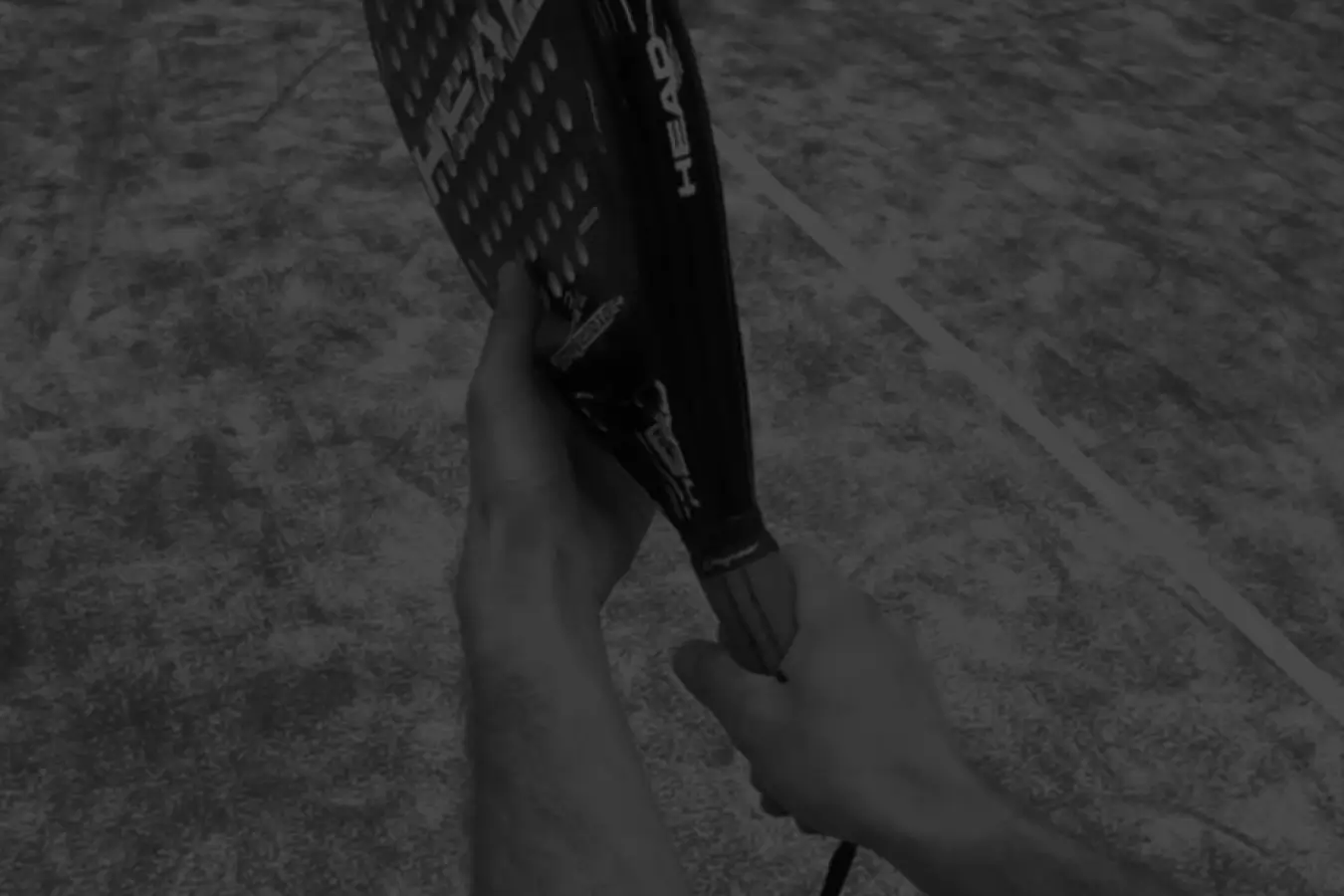
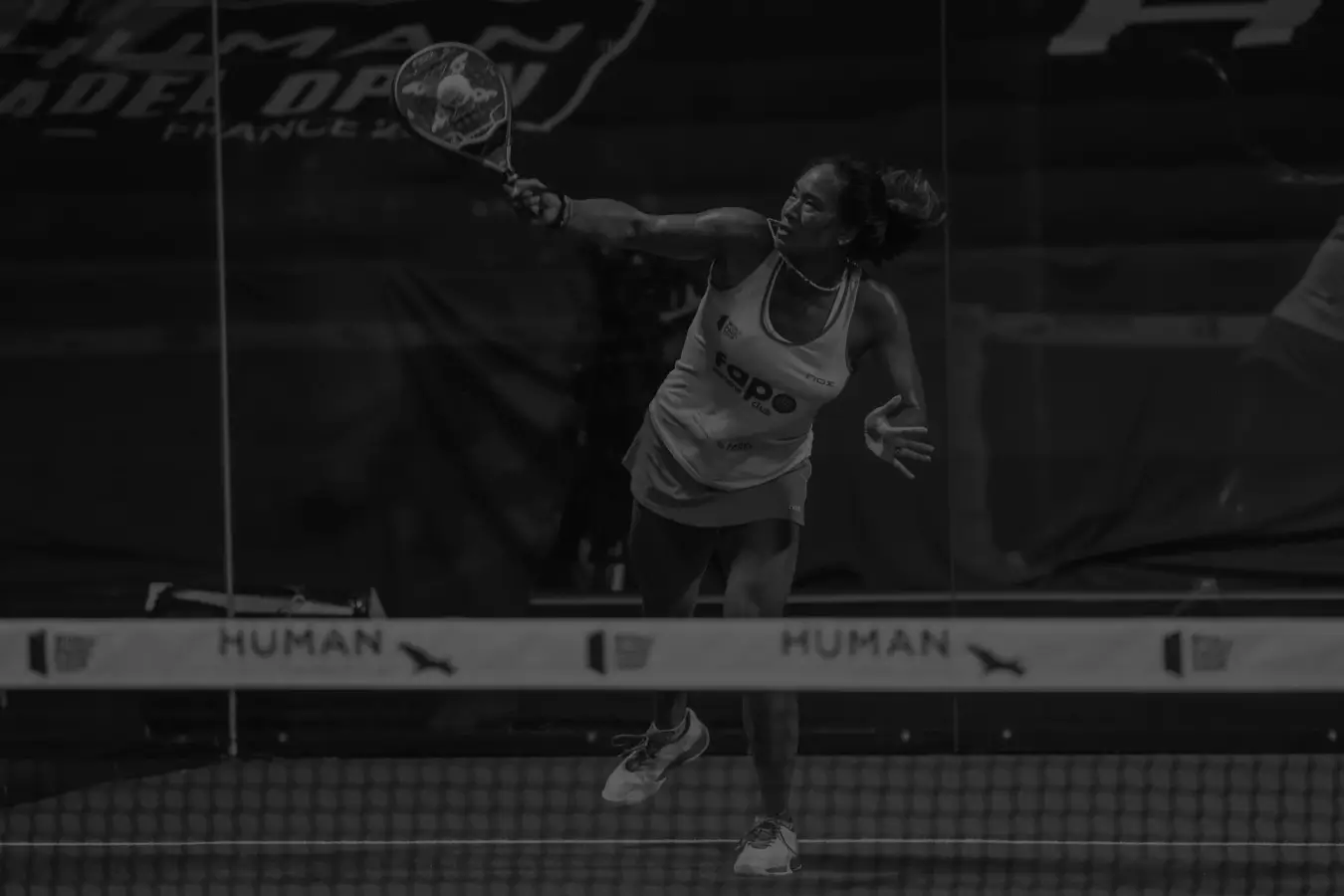
Discussion